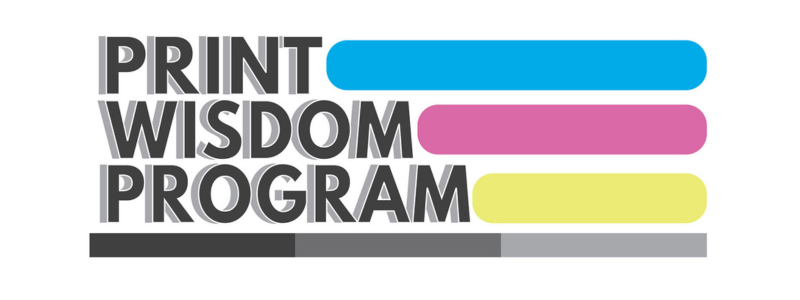In today’s competitive landscape, operational benchmarking is a critical tool for business leaders in the printing and packaging industry. By systematically comparing performance metrics against industry peers, organizations can identify opportunities to strengthen capabilities, improve operations, and achieve growth. For owners and senior management, benchmarking provides an objective foundation for decision-making and supports the development of targeted strategies that drive operational excellence.
Pinpointing Performance Gaps with Data-Driven Insights
Benchmarking enables leaders to move beyond assumptions by providing concrete data on how their business measures up. This clarity is essential for prioritizing improvement initiatives and allocating resources effectively.
- Objective Assessment: Benchmarking delivers unbiased comparisons across key metrics such as productivity, cost per unit, and customer satisfaction.
- Targeted Improvement: Leaders can focus on specific areas where their organization lags behind, rather than spreading efforts too thin.
- Continuous Monitoring: Ongoing benchmarking ensures that progress is tracked and adjustments are made as market conditions evolve.
Driving Productivity, Cost Control, and Service Excellence
Operational benchmarking highlights actionable opportunities to enhance core business functions. By learning from top performers, organizations can implement proven practices that deliver measurable results.
- Productivity Gains: Identifying workflow bottlenecks and adopting industry best practices can significantly increase throughput and reduce downtime.
- Cost Optimization: Comparing cost structures with peers uncovers inefficiencies in materials, labor, and overhead, supporting more effective cost control.
- Customer Service Improvement: Benchmarking customer satisfaction scores helps pinpoint service gaps and refine processes to better meet client expectations.
For example, a 2023 PRINTING United Alliance report found that companies using benchmarking to guide process improvements achieved up to 15% higher productivity and 10% lower operating costs compared to non-benchmarking peers (PRINTING United Alliance, 2023).
Building a Culture of Continuous Improvement
Embedding benchmarking into the organizational culture fosters accountability and a proactive approach to change. It encourages teams to seek out new efficiencies and maintain a competitive edge.
- Employee Engagement: Sharing benchmarking results with staff motivates teams to contribute ideas and take ownership of improvement goals.
- Strategic Alignment: Benchmarking ensures that operational objectives are aligned with broader business strategy and market realities.
- Industry Leadership: Organizations that consistently benchmark and adapt are better positioned to lead in innovation and customer satisfaction.
According to Smithers’ “The Future of Print to 2030” report, companies that regularly benchmarked their operations were more resilient and responsive to market shifts (Smithers, 2022).
With budgets and capacity in flux, there’s a window to act decisively
With budgets and capacity in flux, there’s a window to leverage operational benchmarking as a catalyst for meaningful change. Leaders who prioritize objective assessment and continuous improvement will be best equipped to navigate industry challenges and capture new opportunities.
Connect with CFR for Expert Benchmarking Support
Ready to identify improvement opportunities and strengthen your organization’s performance? Contact CFR’s experts to discuss how operational benchmarking can support your business goals.


